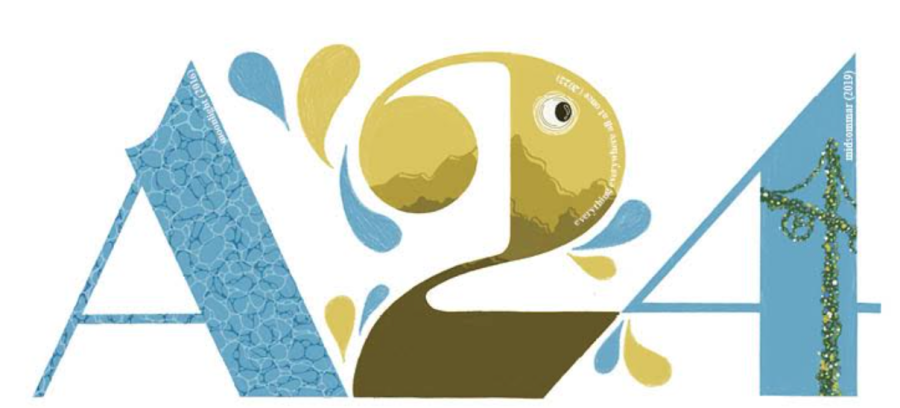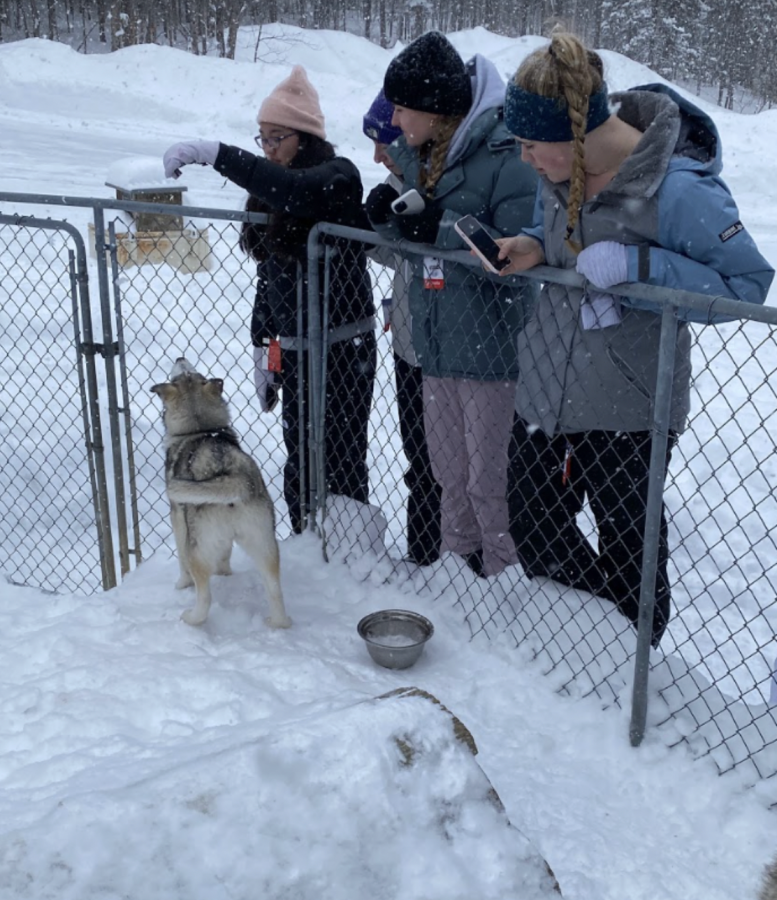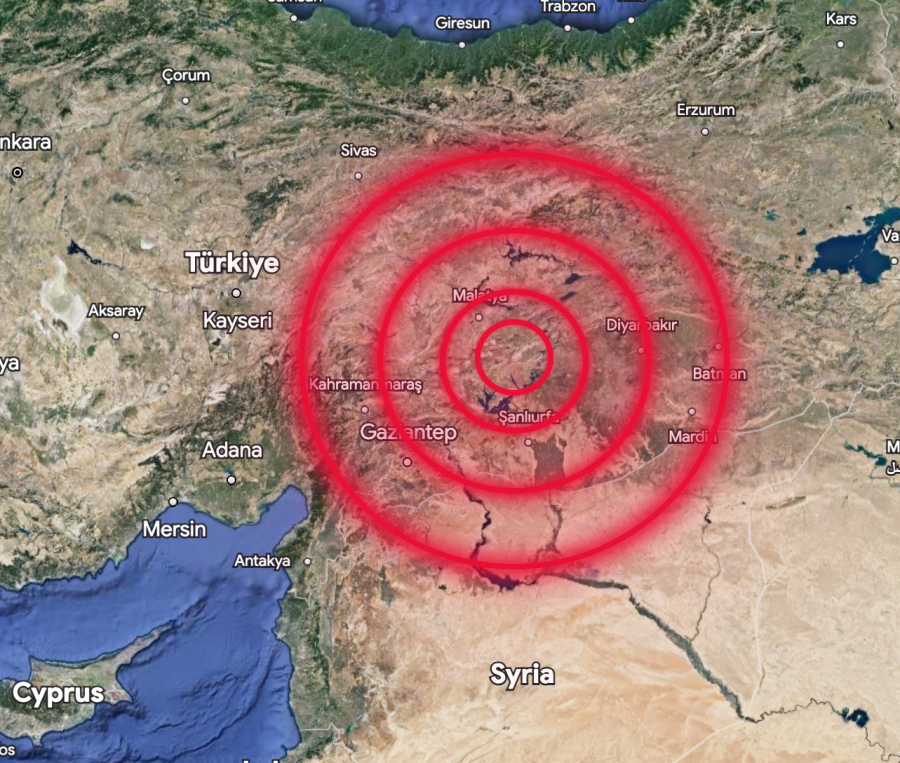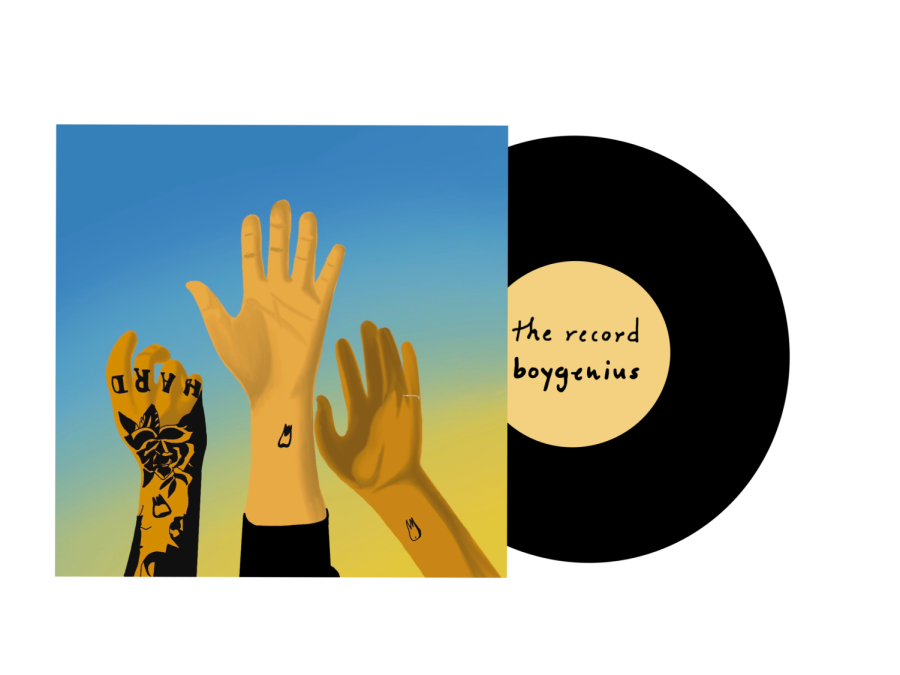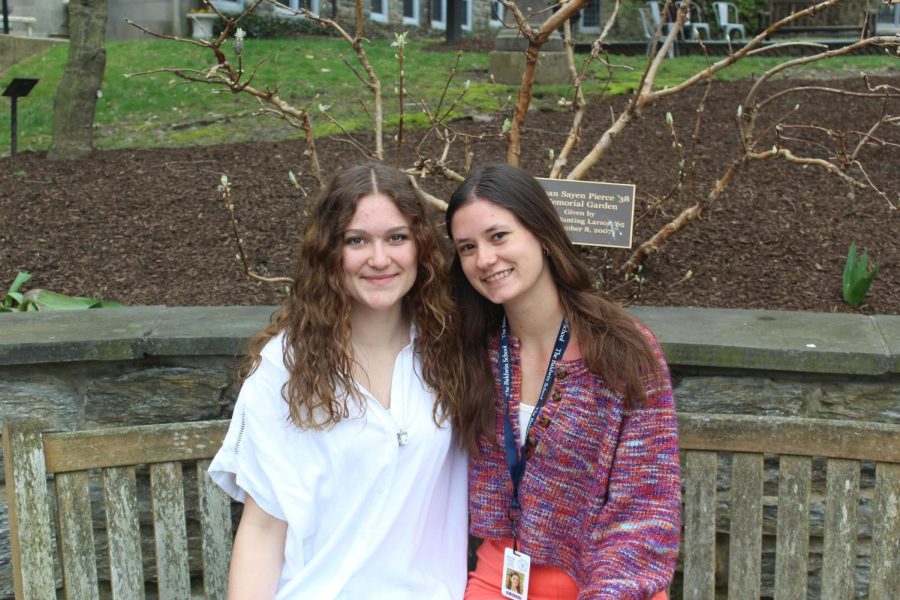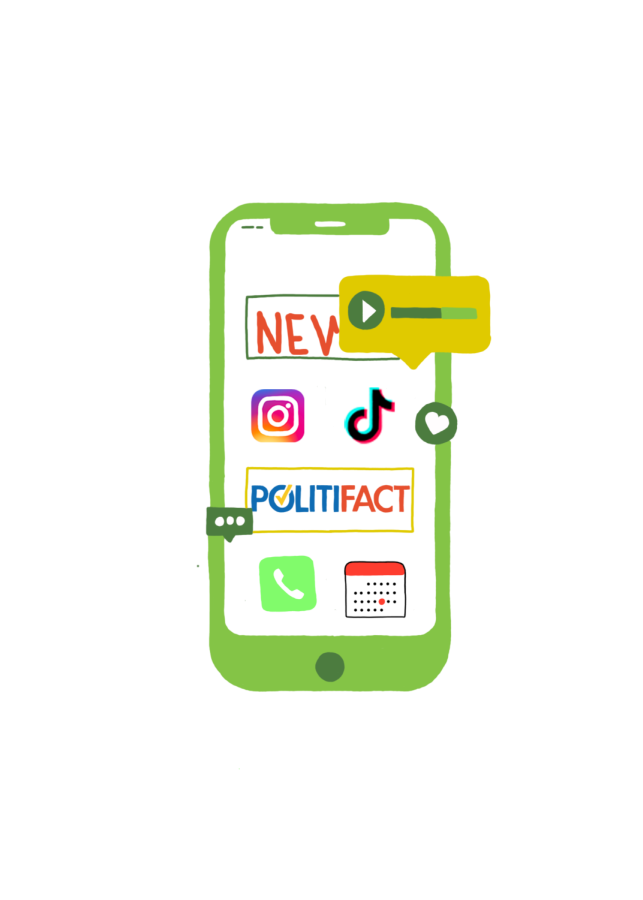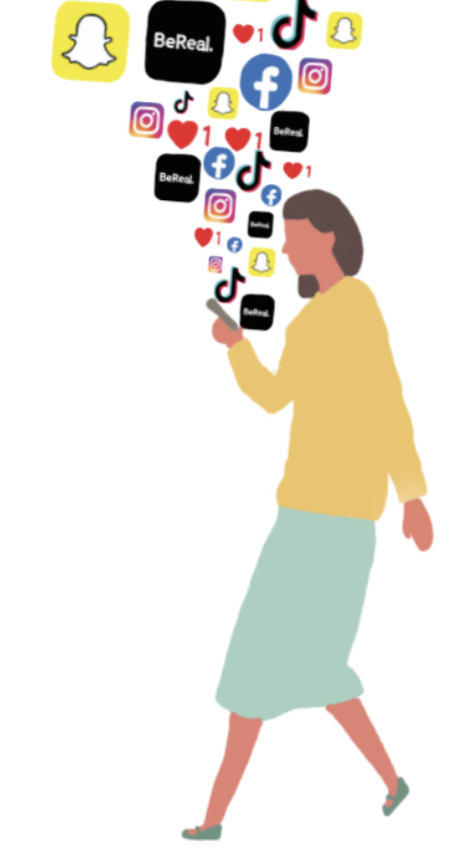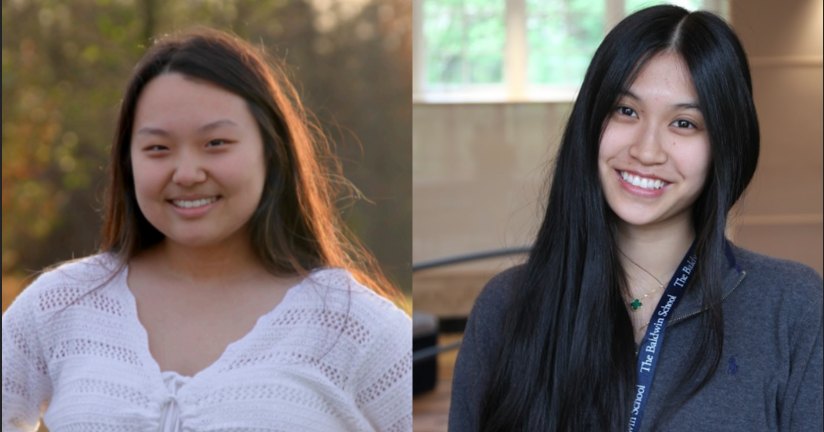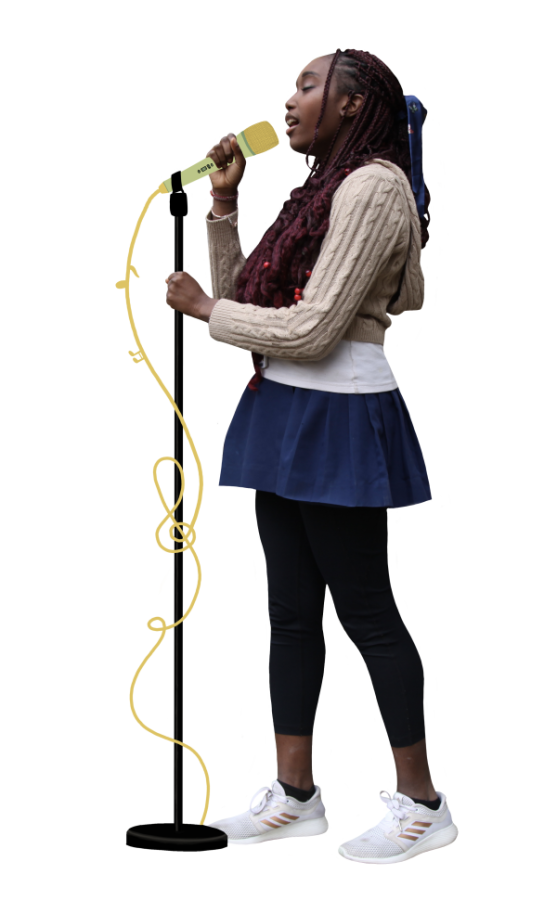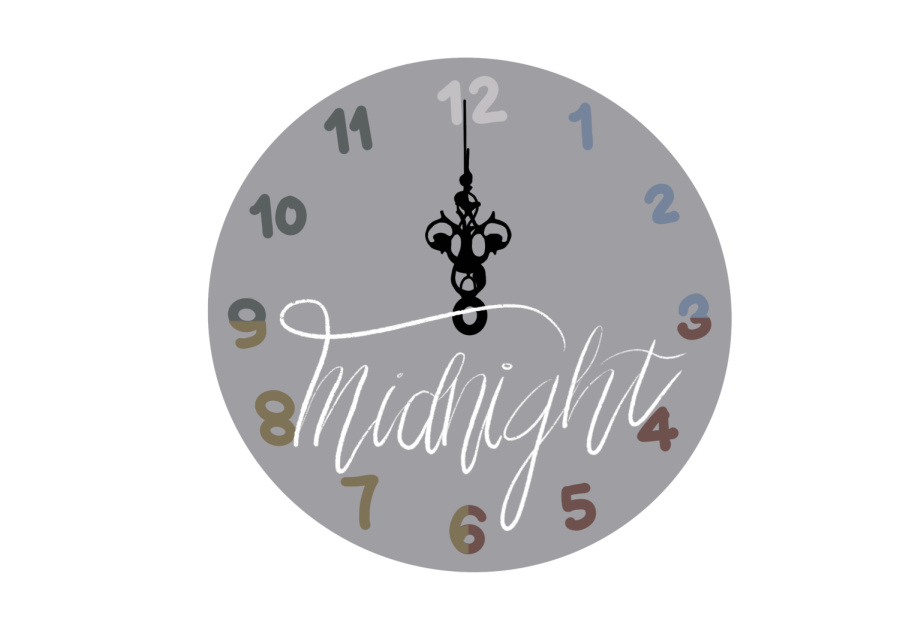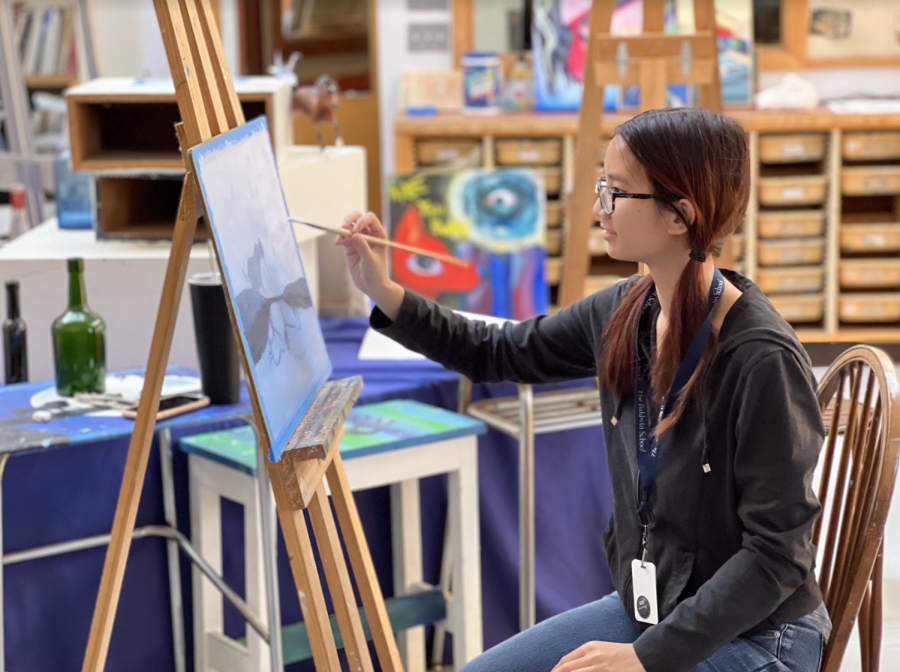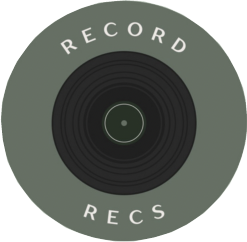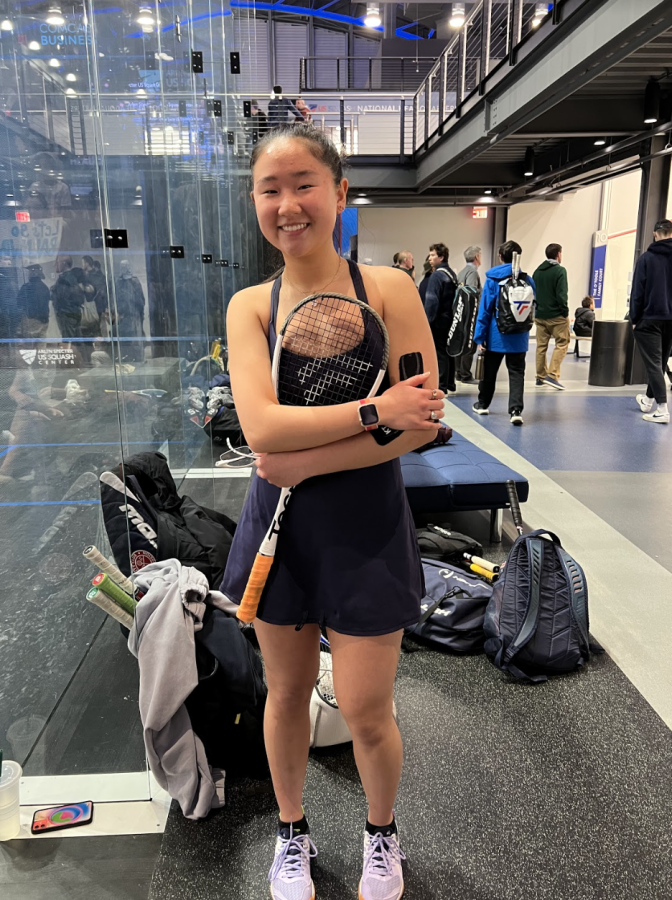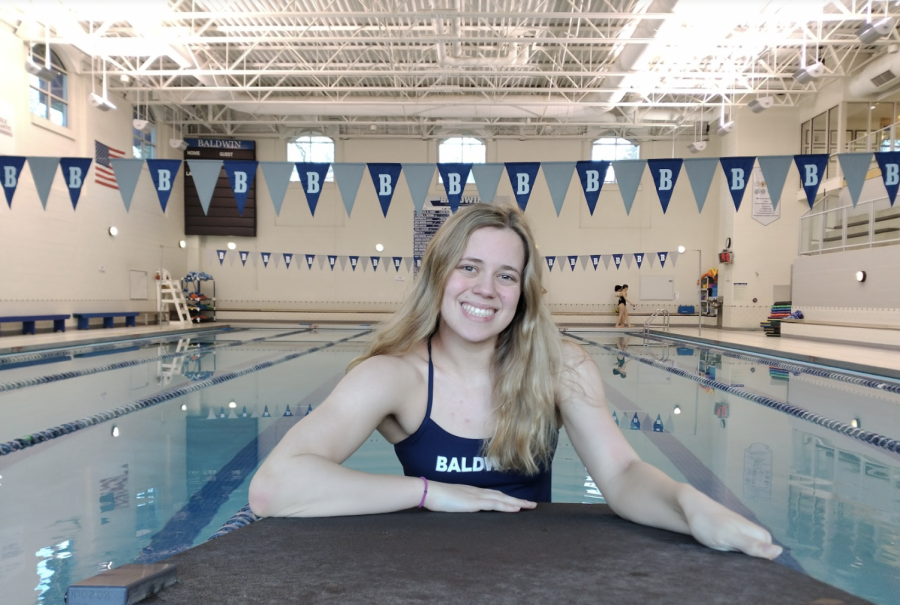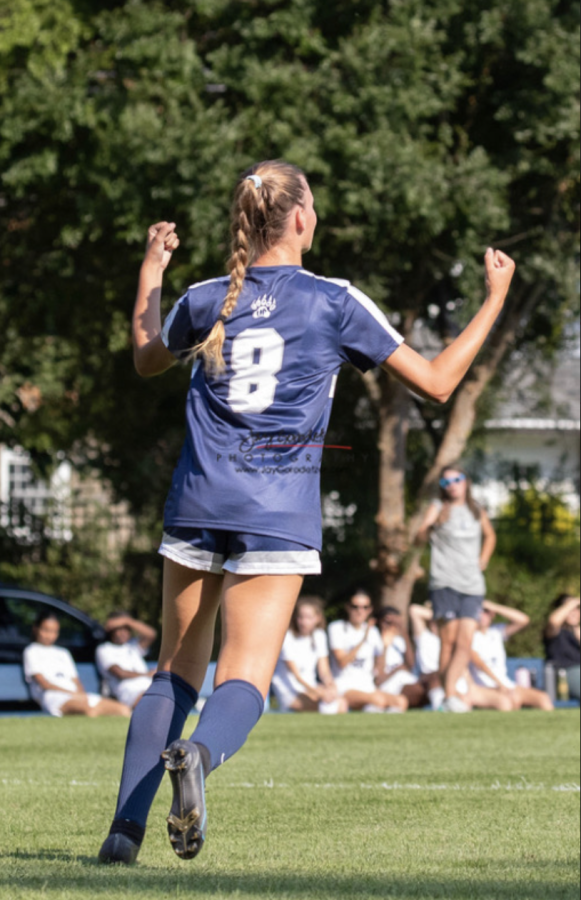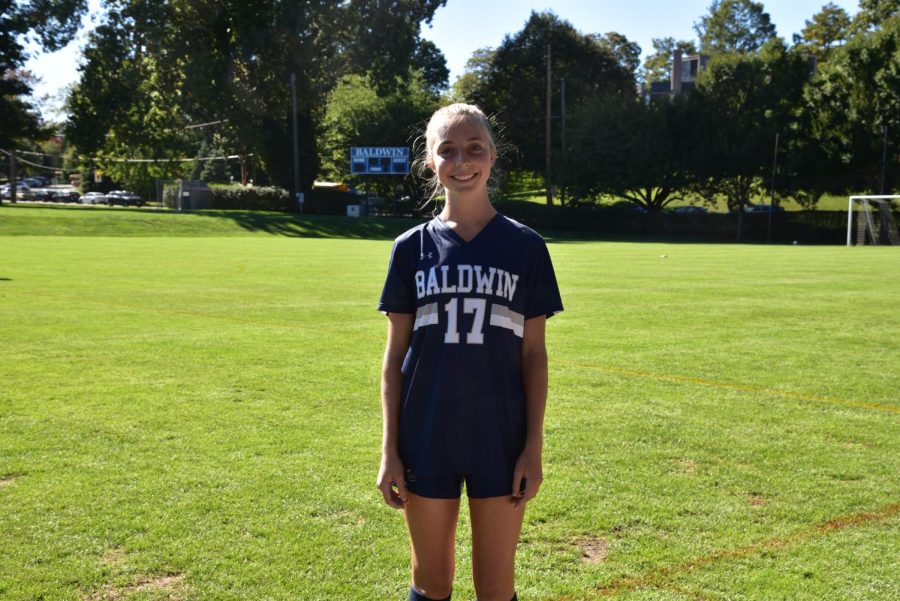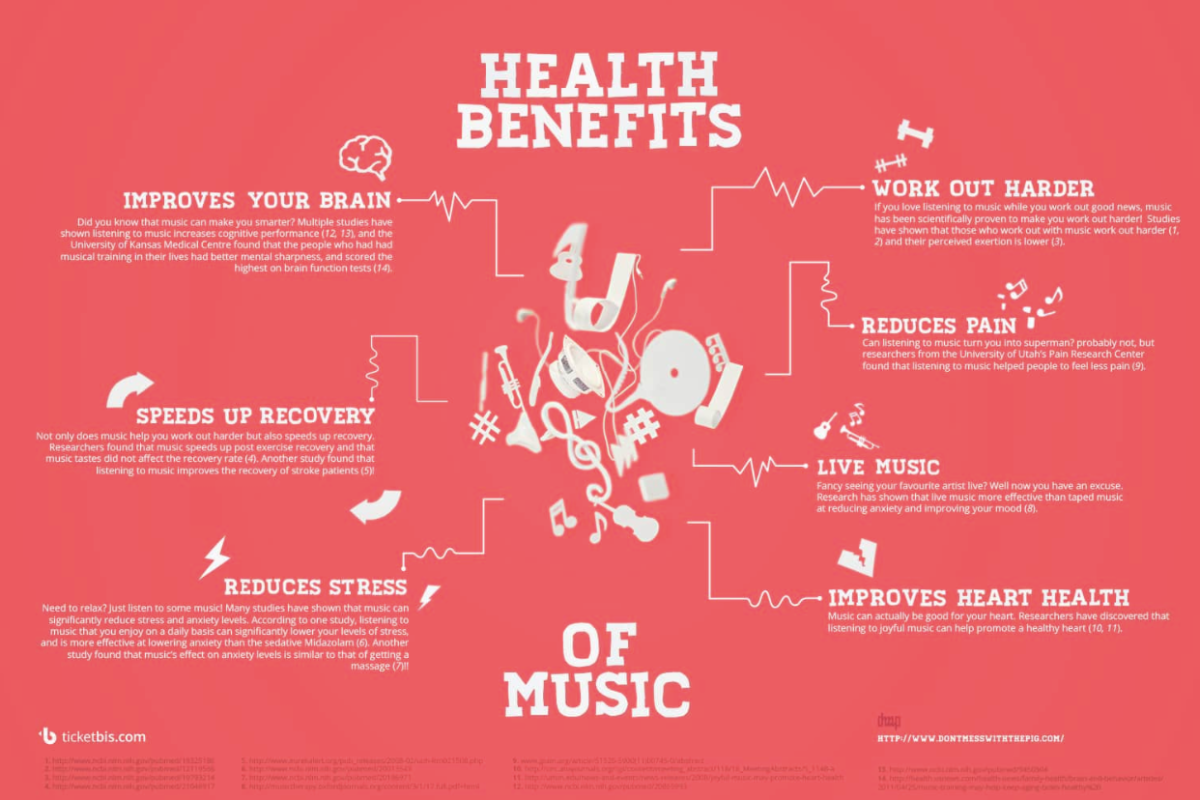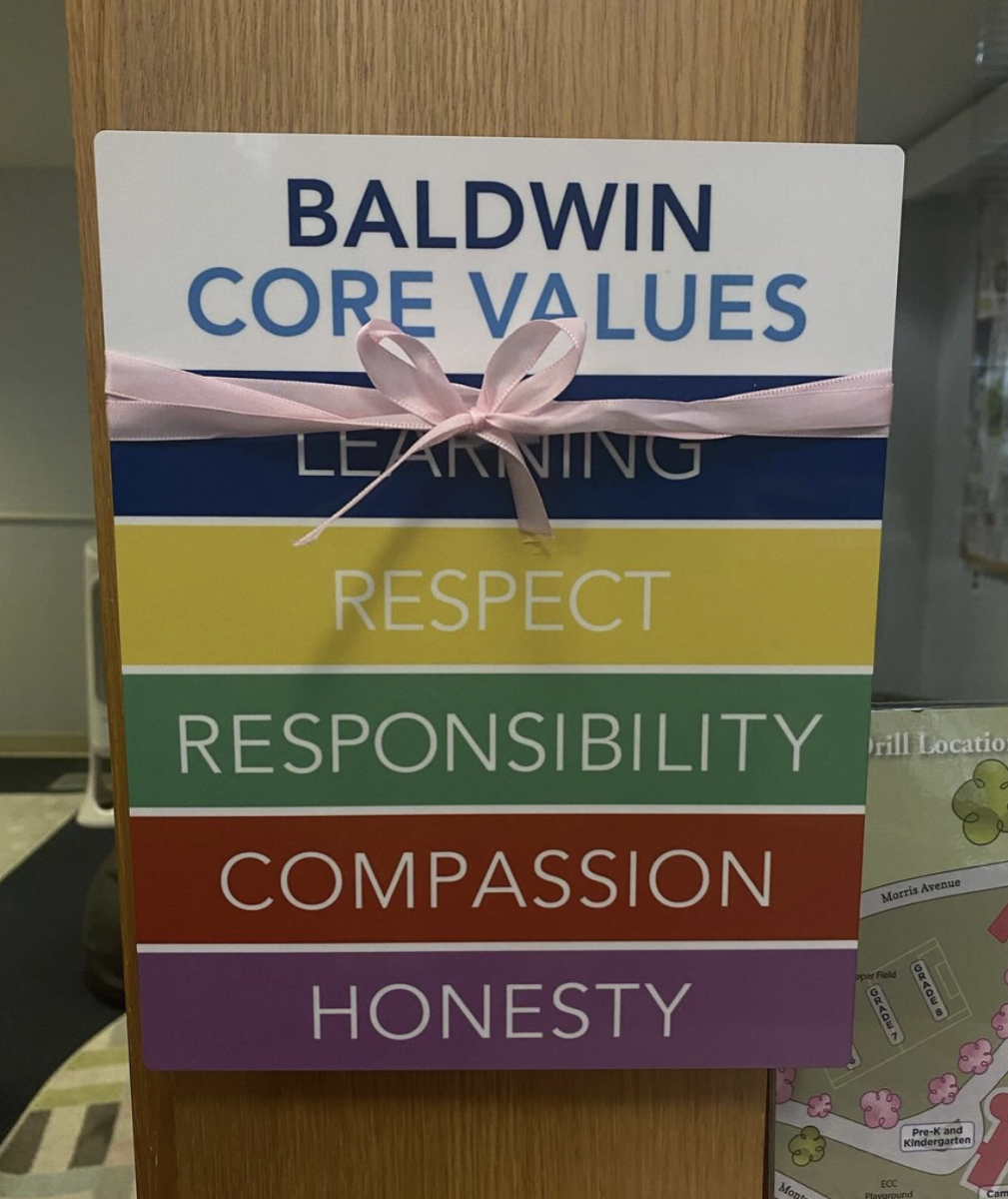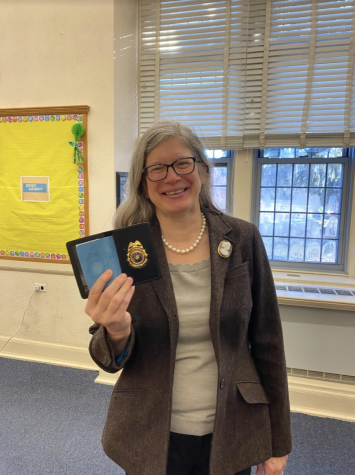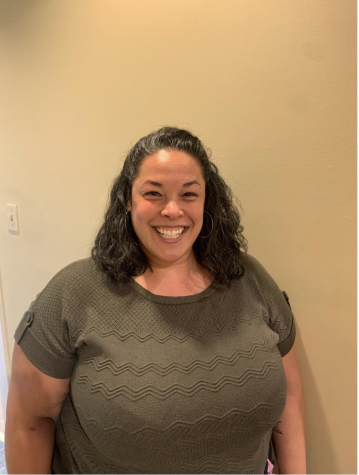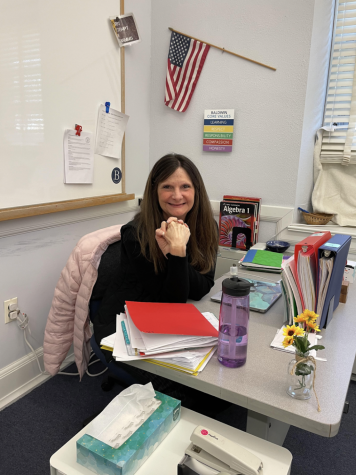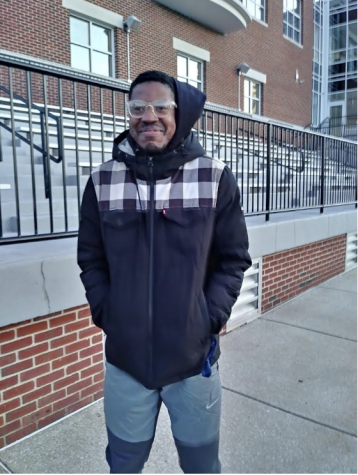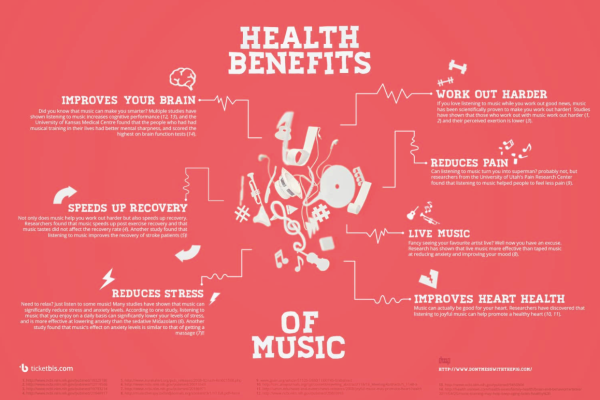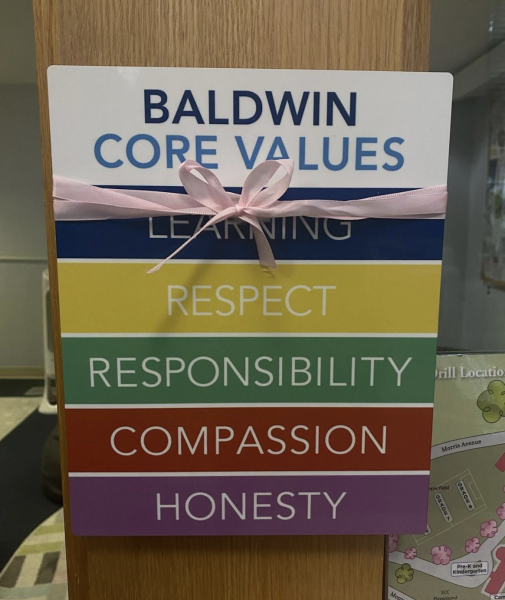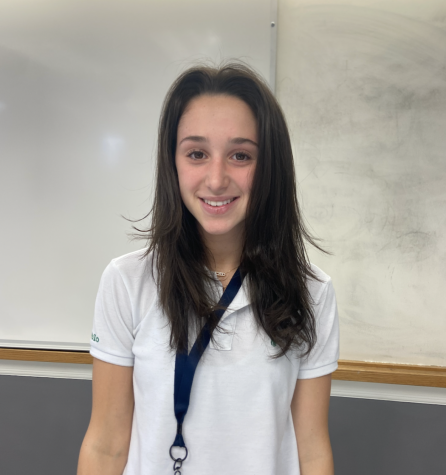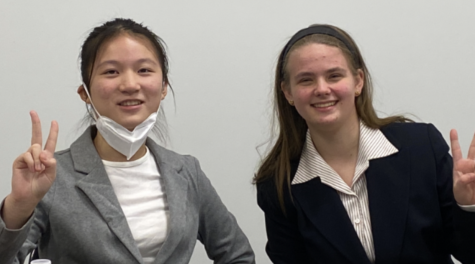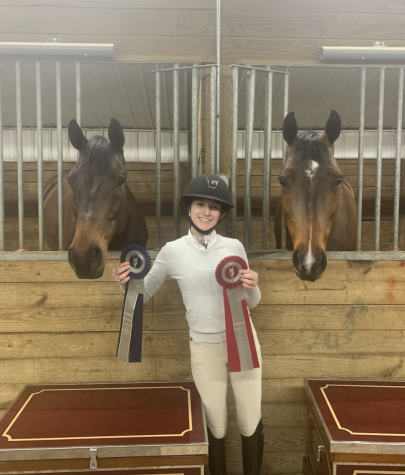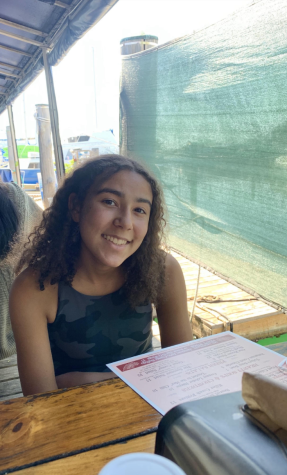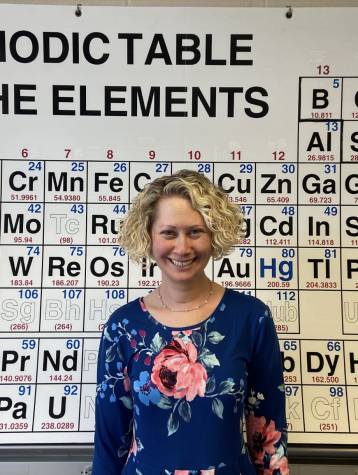Humans of Baldwin: A Deeper Dive into The Hourglass
Izzy Thompson ‘23 shares what it takes to be an Editor-in-Chief.
Photo courtesy of Anna Johnson ‘23
Izzy Thompson ’23, one of the Hourglass’s Editors-in-Chief.
You may know Izzy Thompson ‘23 as Co-Editor-in-Chief of The Hourglass, but many don’t know what the role really entails. How much time does running a newspaper take? What inspired her to take on this role? The detailed planning, editing process, and time commitment often go unnoticed by our community.
I spoke with Thomspon to get more insight about what it takes to lead The Hourglass as an Editor-in-Chief.
When did you first join The Hourglass? Did you take on any editing roles before you applied to be an Editor-in-Chief?
I joined Hourglass freshman year. At the time, one of the Co-Editors-in-Chief, Sammy Baron ‘20, said I should join. I listened to her, and I fell in love with writing. I applied to be a section editor at the end of my sophomore year and was the News Editor during my junior year.
Why did you decide to apply for the Editor-in-Chief position?
I was thinking about it throughout my junior year because as a section editor, I worked a lot closer with the Editors-in-Chief than before. They would mention characteristics of their job, and that was something that I wanted to do. The editing process seemed like something that I could definitely take on and I thought my experience with writing and editing could positively contribute to The Hourglass.
How many hours per issue do you spend editing and planning? What is the editing process like?
I honestly think that 20 hours a week is a reasonable average amount, and it takes about five weeks to get an issue published. So that’s 100 hours… I will say that some days I spend half an hour and other days I spend eight, so it definitely averages out.
In terms of the editing process, articles are initially submitted to us. They are quickly reviewed by Makenna and I, and we decide which ones will be in print or online. Then they are sent to our section editors, and then Makenna and I review them again and extensively edit. We send them to faculty and meet with them if need be, and then Dr. Benjamin reviews them. After that, we review them again, and then they’re ready.
What is your favorite/least favorite part of this role?
My favorite part is reading everybody’s articles because I’m always reading things that I either don’t know or don’t necessarily have a natural interest in. But then I read these articles and I find it so interesting to learn new things and hear people’s opinions. I would say my least favorite part is the time it can take for certain unavoidable processes to get done. It’s time that’s just built-in and we can’t help it; it takes a while and sometimes that can get frustrating.
What is one piece of advice you’d give to someone who aspires to be a future Editor-in-Chief?
I’d say to always come to the pitch meetings and write articles for every issue and section. Write an opinion article even if you don’t want to, try it out. Write a news or feature article. Maybe even write an arts or sport profile. It could be fun…Try to be a section editor your sophomore or junior year to get the editing experience that is necessary to be an Editor-in-Chief.

